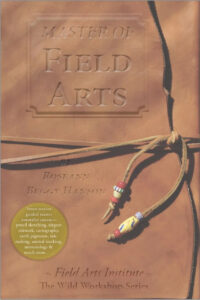30 Days Wild is the UK’s biggest nature challange. Run by the Wildlife Trusts, this annual event is taking place between 1st – 30th June 2023. The event is suitable for people of all ages and backgrounds and aims to connect people with nature and increase their appreciation of the natural world by asking them to do one wild thing a day for the entire month. A five year review of 30 Days Wild participants found that people felt happier and healthier from taking part, with the effects lasting for at least two months afterwards.

This event has continued to grow, with the majority of participants in 2021 starting that the pandemic made them value nature more. Over two million people have taken part over the last nine years. Last year alone, over 500,000 people took part in the challenge, with popular activities including wildlife-watching, planting wildflower seeds and listening to birdsong.
Key themes of 30 Days Wild
For the first time, each week of 30 Days Wild will have a different theme. These are:
- Tune into the senses
- Movement and play
- Learning and discovery
- Helping nature
- Emotional connection to nature.
These themes will take you on a week-by-week adventure, helping to guide you through the challenge to reach the 30 day target.
How to get involved
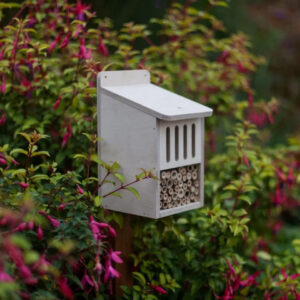
There are a number of easy ways to get involved in 30 Days Wild. The ten most popular activities in 2020 were: listening to birdsong, exercising outdoors, eating or drinking outdoors, identifying wildflowers, planting wildflower seeds, going on a bug hunt, hugging or admiring a tree, making a wildlife home such as a bird box or bee hotel, going barefoot on the grass and sketching, drawing or painting nature. Other ways to get involved include reading a nature book, exploring a reserve, having a plastic or waste free day, watching a sunrise or sunset, switching to a more sustainable household product, going litter picking or taking a nature photo.
If you’re looking for some inspiration for activities during the month, why not check out some of our guides?
1) Bat Walk
If you’re interested in catching a glimpse of some bats in June, this guide includes the equipment you might need, the best times and places to go, and a general guide of what to do.
Hedgehogs are abundant in urban and suburban areas but are facing some serious threats to their populations. Now is a great time to look for hedgehogs, particularly if your garden is hedgehog friendly. This blog includes ways to improve the attractiveness of your garden to hedgehogs, tips for watching hedgehogs and some great books for further reading.
Owls are unable to digest certain parts of their prey, including teeth, bones, fur or feathers. These parts are regurgitated as a pellet, which can be very interesting to dissect. This guide provides information about where to find pellets, how to identify the species of owl the produced it, how to dissect a pellet and how to identify the contents.
For those interested in exploring the plant life in their garden or local green space, especially right after No Mow May, this guide can help you. Quadrats are square frames which can be used to survey plants, to gain an estimate of total number of species, species richness, plant frequency and percentage cover.
 5) The NHBS Guide to Snorkelling
5) The NHBS Guide to Snorkelling
While the ocean may still be very cold, snorkelling is a great way to experience many of the amazing species that inhabit our oceans. This guide includes advice on planning a trip, the equipment and method, and several species you might see along our coasts.
6) The NHBS Guide to Beachcombing
Beachcombing involves searching along the shoreline for interesting, valuable or even usable objects. It is a simple activity that you can do anytime you are at the beach and is a great way to learn more about your local coast. Its also a great way to help nature if you help to clear any plastic or fishing waste you come across.
While late autumn and winter are the more ideal times for planting trees and hedgerows, you can still get involved at this time of the year. Check out our article where we provide tips for the first time tree-planter and point you towards heaps of helpful information to ensure that your trees and shrubs get off to the best start.
8) The NHBS Guide to Moth Trapping
Moth trapping is a wonderful way to discover the species of moths that visit your garden. This blog includes guidance on the best time for moth trapping, where to put your trap and anything else you might need to know.
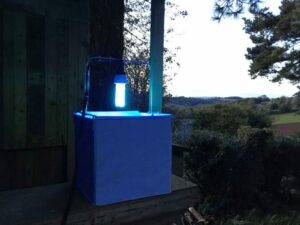 9) The NHBS Guide to Rockpooling
9) The NHBS Guide to Rockpooling
Rockpooling is an educational and enjoyable wildlife activity that introduces you to a diverse and colourful world of creatures, usually hidden beneath the waves. This guide includes information on how to plan a trip, which equipment and methods you should use, common rock pool inhabitants and recommended reading.
10) The NHBS Guide to Pond Dipping
This is an excellent activity for children of all ages to introduce them to a wide range of plants, insects and amphibians, but its also perfect for adults who want to connect with nature. Our guide includes tips on what you’ll need, when and where to go, what to do and some great book and equipment suggestions.
Your garden can be a wonderful oasis for wildlife if you provide the right habitats and food. In this two-part series, we look at how to attract wildlife to your garden by including plants for pollinators and providing food for birds and mammals, and how to create nesting or overwintering habitats.
12) The NHBS Guide to Whale and Dolphin Watching
Catching a glimpse of a whale or dolphin whilst visiting the coast is a uniquely memorable experience and a few hours spent whale and dolphin watching is fun for all age groups. Our blog will help you know when and where to watch cetaceans, how to get started and where to submit any sightings.
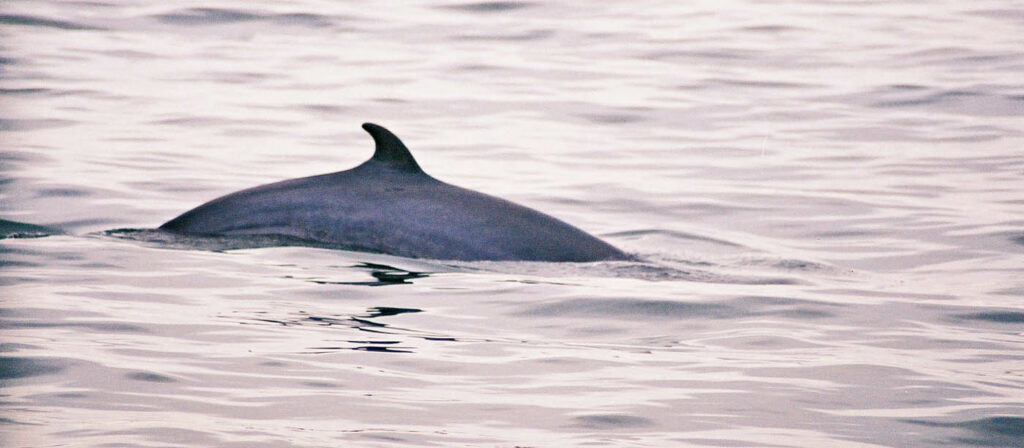
You can sign up for 30 Days Wild on the Wildlife Trusts website, where you’ll receive a free downloadable or postal pack full of activities, games, wildflower seeds and a calendar to help you plan out your activities. There are also packs for businesses, schools and care homes.
Let us know in the comments what you plan to do for 30 Days Wild!
Recommended reading
 Springwatch: Great British Walks: 100 Wildlife Walks Through Our Beautiful Countryside
Springwatch: Great British Walks: 100 Wildlife Walks Through Our Beautiful Countryside
 A Spotter’s Guide to Countryside Mysteries: From Piddocks and Lynchets to Wtich’s Broom
A Spotter’s Guide to Countryside Mysteries: From Piddocks and Lynchets to Wtich’s Broom
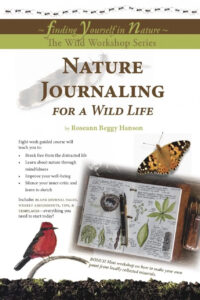 Nature Journaling for a Wild Life
Nature Journaling for a Wild Life
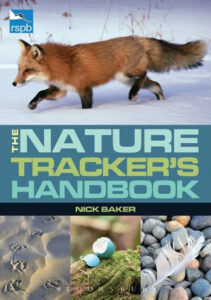 RSPB The Nature Tracker’s Handbook
RSPB The Nature Tracker’s Handbook
 The Forager’s Calender: A Seasonal Guide to Nature’s Wild Harvests
The Forager’s Calender: A Seasonal Guide to Nature’s Wild Harvests







